AbstractMarjolin’s ulcer is a rare but aggressive form of skin cancer that often presents significant surgical challenges due to the complex anatomy of the pelvis and the necessity for wide excision to avoid recurrence. This case report highlights the innovative use of a 3-dimensional (3D)-printed model for the precise planning and successful execution of a high partial sacrectomy in a 48-year-old male patient with quadriplegia. This patient, who had sustained a cervical spine injury in 1996, developed a sacral pressure sore that progressed into a Marjolin's ulcer. Utilizing high-resolution 3D computed tomography scans, we created a detailed 3D-printed model of the patient's sacrum, which facilitated a thorough understanding of the tumor's anatomy and its spatial relationships with critical structures. This approach significantly aided the surgical team in executing a challenging excision while minimizing risk to the adjacent organs. This case underscores the potential of 3D printing technology to enhance surgical planning and outcomes in complex oncological resections, particularly in anatomically challenging regions.
INTRODUCTIONMarjolin's ulcers represent a unique subset of squamous cell carcinomas, emerging primarily within burn scars or chronic wounds and notorious for their aggressive malignant transformation2,4,6,11,13,18). Malignant tumors of the sacrum do not respond well to chemotherapy or radiotherapy. Therefore, wide surgical excision is considered the treatment of choice. Due to the invasiveness of the lesion, a multidisciplinary approach is required11). Although the lesion may occur at many different parts of the skin, carcinomas directly invading the sacrum are rarely reported4,11,13). Invasion to the sacrum complicates wide surgical excision due to the anatomical structure of complex blood vessels around the sacrum5). Therefore, a comprehensive understanding of the anatomy in 3-dimensional (3D) model is essential for effective surgical treatment.
The advent of 3D printing technology introduces a transformative solution to these challenges. By converting virtual 3D images into tangible models, 3D printing facilitates a deep understanding of both the general and pathological anatomy involved. This innovation has proven particularly valuable across various medical disciplines, including surgery, where it enhances surgical planning, efficiency, and outcomes. In neurosurgery, for instance, 3D-printed models have been shown to significantly improve surgical precision, reduce operation time, and decrease both intraoperative blood loss and radiation exposure. Such advantages are corroborated by numerous studies, highlighting the potential of 3D printing in revolutionizing surgical practice9,14,19).
This article presents a novel case of Marjolin's ulcer with direct invasion into the sacrum, successfully excised with the aid of a 3D-printed model. Through this case, we explore the application of 3D printing in addressing the surgical complexities posed by sacral involvement in Marjolin's ulcers, illustrating the practical benefits of this technology in enhancing operative planning and execution.
CASE REPORTWe report the case of a 48-year-old male with a history of quadriplegia following a diving accident in 1996, presenting with a progressively enlarging sacral mass. Initially observed as a quarter-sized sacral sore, conservative treatment was pursued without further diagnostic evaluation due to the absence of pain, bleeding, or discharge. Over six months, the lesion expanded significantly in size, prompting a punch biopsy that confirmed squamous cell carcinoma (Fig. 1).
Magnetic resonance imaging (MRI) and computed tomography (CT) were conducted to assess the extent of the mass. The imaging studies revealed a lobulated mass measuring approximately 7 cm in size, accompanied by a significant soft tissue defect in the retro-sacral area at the sacrum S2-3 vertebral body level of the sacral spine. Notably, there was evident direct involvement of the S2-3 vertebral body and posterior elements, resulting in severe compression of the thecal sac (Fig. 2). These findings underscored the complexity of the tumor's anatomy and its challenging location. Given the intricate anatomy of this lesion, we utilized 3D-printed models to aid in surgical planning.
CT images were exported in standard digital imaging format and processed with Mimics medical image processing software (version 20.0; Materialise, Leuven, Belgium) to form the baseline 3D design. The 3D printing was performed with 156 mL of resin material (Fig. 3). Based on the imaging findings and the 3D-printed models, we planned the surgical procedure, which involved the removal of all tumors below the S1-2 disc level, as well as the normal anatomical structures surrounding the tumor. This approach aligns with that mentioned in previous papers on high partial sacrectomy, a surgical procedure that involves resection above the S3 level, based on the tumor location, without extending the resection up to the L5/S1 disc level7,15).
Prior to the surgery, a surgical plan was developed using a 3D-printed model to determine the extent of sacral resection. In the model, the main mass was highlighted in blue, while the surgical resection plan was indicated in pink (Fig. 4). The plan involved resecting approximately 1 cm from the margin of the normal bony structure, including the tumor, to ensure en bloc removal while minimizing the removal of the sacroiliac joint. Since the tumor did not invade the presacral structures, a posterior-only approach was chosen. The surgical procedure included S1 laminectomy and high partial sacrectomy below the S1-2 disc level while preserving both S1 nerve roots. Additionally, partial removal of the right side of the sacroiliac joint was performed. The frozen biopsy results confirmed that the surgical margin was free from tumor cells.
Following the high partial sacrectomy, the reconstructive plastic surgery team performed skin reconstruction using a microvascular free flap from the latissimus dorsi muscle. This approach was chosen due to the large size of the skin defect, which was not suitable for primary closure. Given the patient's ambulatory status, mechanical reconstruction was not pursued. Postoperatively, the patient experienced minimal changes in his neurological condition, with a slight improvement in defecation.
Histopathological examination of the surgical specimen confirmed the diagnosis of squamous cell carcinoma (Fig. 5). Postoperative CT and MRI scans, as well as the photo taken after surgery, confirmed the absence of tumor remnants and successful reconstruction with the latissimus dorsi musculocutaneous free flap (Fig. 6). An additional model was printed using postoperative imaging scans, which confirmed that the extent of resection matched the surgical plan outlined using the preoperative 3D-printed model (Fig. 7).
DISCUSSIONA Marjolin’s ulcer is a squamous cell carcinoma that can develop in any chronic wound. Wide surgical excision is the recommended curative treatment for Marjolin’s ulcers1). In our specific case, the Marjolin’s ulcer originated from a sacral pressure sore and invaded the sacrum. Therefore, we planned a wide excision that would involve sacrectomy. Sacrectomy is a challenging procedure, even for skilled neurosurgeons, due to the complex anatomy of the sacrum and its intricate relationship with surrounding structures such as bony structures, major blood vessels, and abdominal organs5,9,12,17). Additionally, it has been reported that sacrectomy can cause many complications, such as sacral instability, vessel injury, nerve injury, gastrointestinal tract injury, massive intraoperative blood loss and prolonged operative time17). These risks emphasize the need for meticulous surgical planning and execution.
In contemplating sacrectomy, the decision between anterior and posterior approaches hinges on tumor location and involvement of abdominal structures. The approach side is the first thing to decide. An anterior approach is recommended for tumors invading the abdominal cavity, intestines, and blood vessels, or sacrectomy of the mid-S2 or higher level is required16). Otherwise, the posterior approach is preferred. In our case, the tumor did not invade the presacral region nor the gastrointestinal tract. We decided to perform a posterior-only approach for sacrectomy.
There are some reports emphasizing that 3D printing is helpful for determining surgical plans19). Preoperative 3D printing aids in enhancing surgical planning and improves the accuracy of the actual surgical procedure14,19). The 3D printing is advantageous in that it allows a clear representation of the actual pathologic condition. By offering a tangible, precise representation of the pathological condition, 3D models surpass traditional 2D imaging in facilitating spatial understanding and surgical strategy formulation. This case reinforces the utility of 3D printing in enhancing surgical accuracy and decision-making, echoing findings from previous reports on its benefits in complex surgical interventions.
There are some case reports of surgically treated Marjolin’s ulcers or sacral tumors. Buchanan and Campbell3) reported the case of a patient who underwent coccygectomy for a challenging sacrum Marjolin’s ulcer and S4-5 sacrectomy due to recurrence of the Marjolin’s ulcer. Extended transpelvic vertical rectus abdominis myocutaneous flaps, bilateral gluteal flaps, and other muscles are used to fill the defect after the operation3). Similarly, Gaster et al.10) reported a case of recurrent pilonidal cysts and ulceration that was aggravated in a sacrum Marjolin’s ulcer. The patient underwent radical excision of squamous cell carcinoma and partial sacrectomy by oncologic surgeons, which resulted in a wound measuring 450 cm2 with an exposed rectum. Garcia-Tutor et al.8) reported that they used 3D printing in preoperative planning for the surgical flap of Marjolin’s ulcers and other oncologic conditions that require reconstruction surgery with either myocutaneous or fasciocutaneous flaps. They used Osirix software as a tool to evaluate the volume and dead space of the Latissimus dorsi flap.
The reported cases involving Marjolin’s ulcers and sacral tumors with and without 3D printing are summarized in Table 1. Until now, there have been no reports on the use of 3D-printed models in the preoperative planning of sacrectomy for Marjolin’s ulcer. Notably, our case contributes to the literature as the first documented use of a 3D-printed model in the preoperative planning of sacrectomy for a Marjolin's ulcer with sacral invasion. This innovation not only supported the successful tumor removal by a surgeon with limited sacrectomy experience but also underscored the potential of 3D printing to democratize complex surgical procedures, making them accessible to a broader range of practitioners.
The limited prevalence of Marjolin's ulcers and the absence of a standardized surgical protocol underscore the necessity for further research. The accumulation of cases utilizing preoperative 3D printing will be invaluable in refining surgical approaches for complex anatomical structures. Moreover, comparative studies on postoperative outcomes with and without the aid of 3D models could further elucidate the technology's impact on surgical success and complication rates.
CONCLUSIONA Marjolin’s ulcer is a rare disease that necessitates wide surgical excision and flap reconstruction. In cases where the sacrum is invaded, sacrectomy of the tumor and surrounding tissues is necessary. However, surgery poses challenges due to anatomical complexity, including that of various vessels and nerves. Nonetheless, utilizing a 3D-printed model, as in our case, can reduce the incidence of complications and assist even inexperienced surgeons in performing surgical removal with minimal complications.
NotesFUNDING This work was supported by the National Research Foundation of Korea (NRF) grant funded by the Korean government (MSIT) (No. 2020R1G1A1013289). Fig. 1.The patient's sacral pressure sore had a mass with an ulcerative lesion, which is indicative of Marjolin’s ulcer. 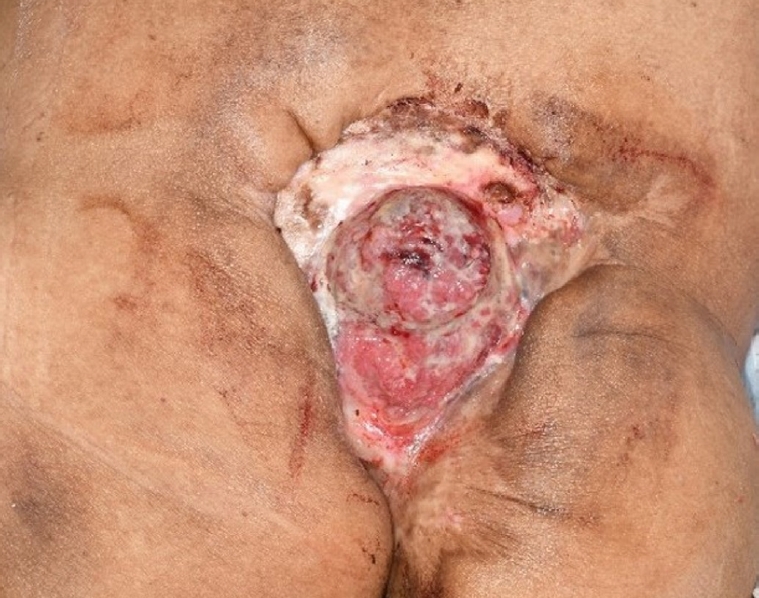
Fig. 2.Preoperative magnetic resonance imaging (MRI) and computed tomography (CT) scan of the patient. (A) MRI. (B) Sagittal and axial image of the CT scan. The MRI and CT scans of the patient showed direct osseous involvement of the S2-3 vertebral body and posterior elements, which compromised the spinal canal and compressed the thecal sac. 
Fig. 3.A 3-dimensional-printed model was used to reconstruct a preoperative image of the patient, revealing osseous dissolution below the S2 level. 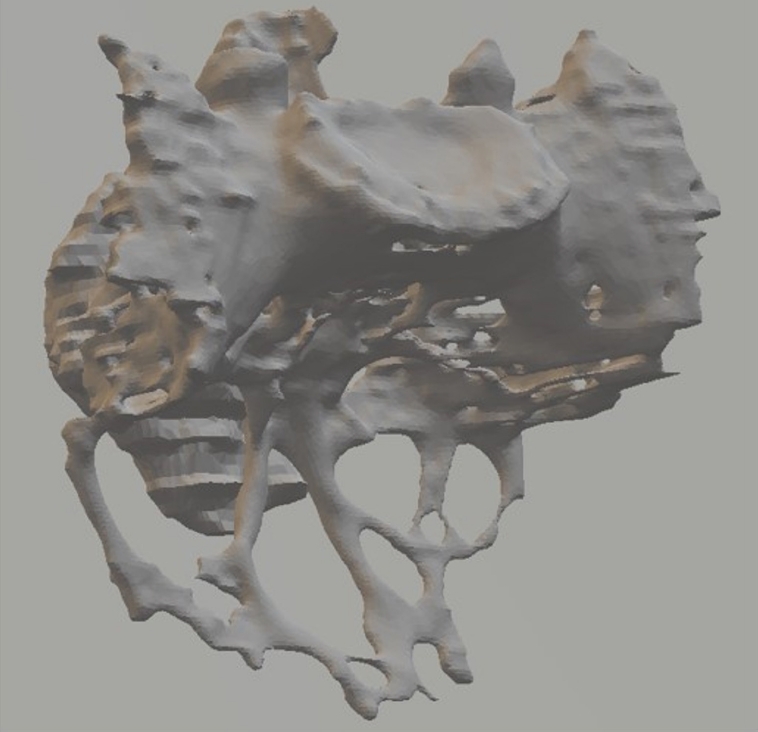
Fig. 4.We established a surgical plan using a 3-dimensional (3D)-printed model made using the patient’s preoperative images. (A) Illustration of our model. (B) Photograph of the printed model. The mass that invaded the sacrum is indicated in blue in the 3D-printed model, and the surgical resection plan is indicated in pink. 
Fig. 5.The patient's lesion was successfully removed with margin free state. (A) The gross photo shows the resected tumor. The removed lesion was about 11 cm in size and bone invasion of the tumor is prominent. (B) The pathologic finding of the tumor. Malignant squamous cell nests with eosinophilic keratin pearls (asterisks) infiltrate into the bone. Remaining bony trabeculae are noted (black arrowheads) (hematoxylin and eosin stain, ×100 magnification). 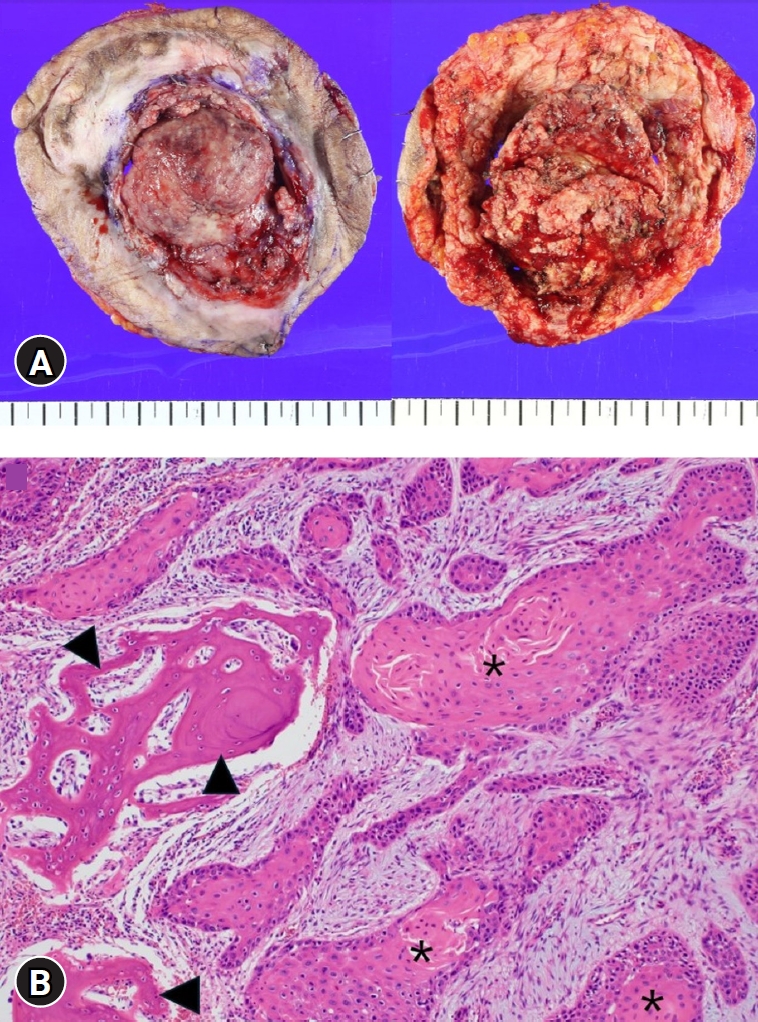
Fig. 6.Postoperative magnetic resonance imaging (MRI), computed tomography (CT) and immediate postoperative picture of the affected area. (A) Sagittal MRI. (B) Sagittal CT scan. In the image of the patient, we can see that sacrectomy has been performed below S1-2 disc level. (C) A photograph taken after surgery. The wound was reconstructed with a latissimus dorsi microvascular free flap. 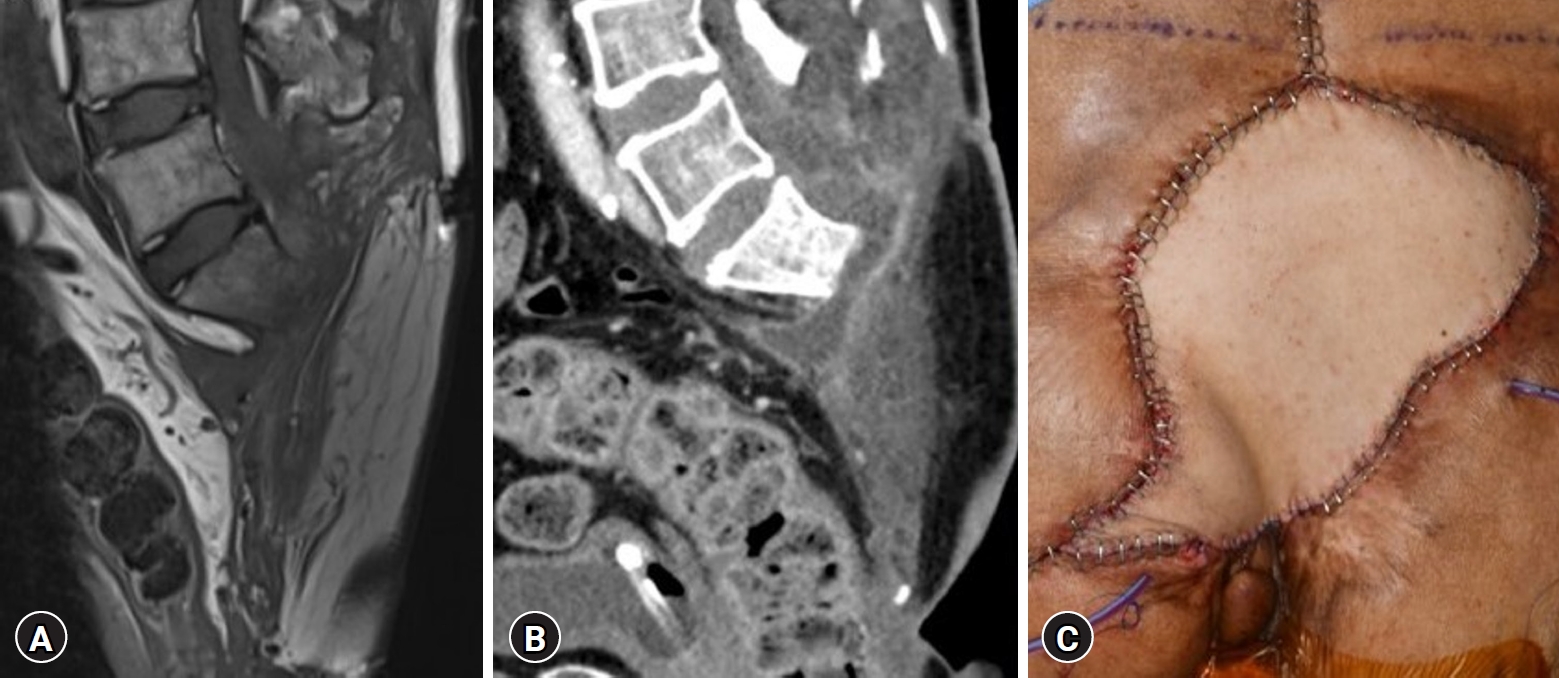
Fig. 7.A 3-dimensional-printed model based on postoperative imaging shows successful tumor removal. 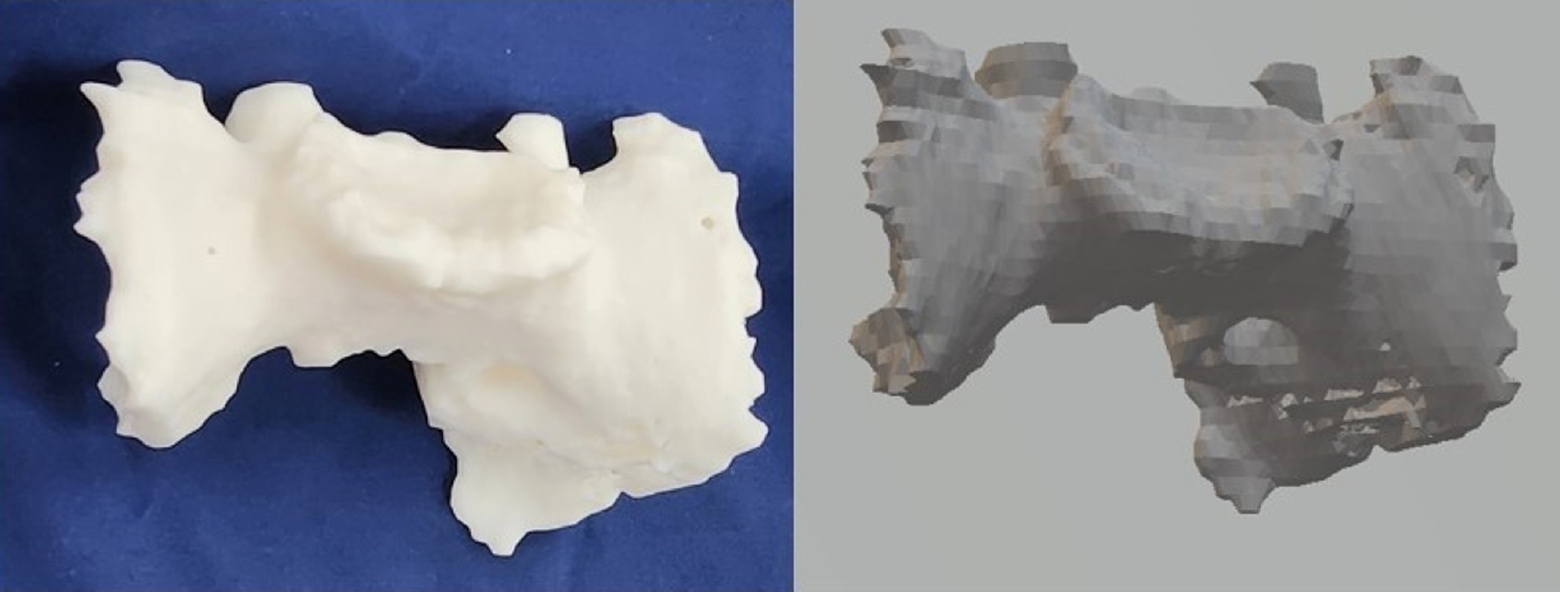
Table 1.Summary of previous case reports on Marjolin’s ulcers and other sacral tumors that were treated with sacrectomy with or without 3-dimensional printing technology
REFERENCES1. Bazaliński D, Przybek-Mita J, Barańska B, Więch P: Marjolin's ulcer in chronic wounds - review of available literature. Contemp Oncol (Pozn) 21:197-202, 2017
2. Berkwits L, Yarkony GM, Lewis V: Marjolin's ulcer complicating a pressure ulcer: Case report and literature review. Arch Phys Med Rehabil 67:831-833, 1986
3. Buchanan LE, Campbell CA: Complex reconstruction of a pelvic Marjolin's ulcer arising from hidradenitis suppurativa. Plast Reconstr Surg Glob Open 7:e2054, 2019
4. Challa VR, Deshmane V, Ashwatha Reddy MB: A retrospective study of Marjolin's ulcer over an eleven year period. J Cutan Aesthet Surg 7:155-159, 2014
6. Fairbairn NG, Hamilton SA: Management of Marjolin's ulcer in a chronic pressure sore secondary to paraplegia: a radical surgical solution. Int Wound J 8:533-536, 2011
7. Fourney DR, Rhines LD, Hentschel SJ, Skibber JM, Wolinsky JP, Weber KL, et al.: En bloc resection of primary sacral tumors: Classification of surgical approaches and outcome. J Neurosurg Spine 3:111-122, 2005
8. Garcia-Tutor E, Romeo M, Chae MP, Hunter-Smith DJ, Rozen WM: 3D volumetric modeling and microvascular reconstruction of irradiated lumbosacral defects after oncologic resection. Front Surg 3:66, 2016
9. Garg B, Mehta N: Current status of 3D printing in spine surgery. J Clin Orthop Trauma 9:218-225, 2018
10. Gaster RS, Bhatt KA, Shelton AA, Lee GK: Free transverse rectus abdominis myocutaneous flap reconstruction of a massive lumbosacral defect using superior gluteal artery perforator vessels. Microsurgery 32:388-392, 2012
11. Khan K, Schafer C, Wood J: Marjolin Ulcer: A Comprehensive Review. Adv Skin Wound Care 33:629-634, 2020
12. Kim JE, Pang J, Christensen JM, Coon D, Zadnik PL, Wolinsky JP, et al.: Soft-tissue reconstruction after total en bloc sacrectomy. J Neurosurg Spine 22:571-581, 2015
13. Knudsen MA, Biering-Sørensen F: Development of Marjolin's ulcer following successful surgical treatment of chronic sacral pressure sore. Spinal Cord 46:239-240, 2008
14. Parr WCH, Burnard JL, Wilson PJ, Mobbs RJ: 3D printed anatomical (bio)models in spine surgery: clinical benefits and value to health care providers. J Spine Surg 5:549-560, 2019
15. Ramamurthy R, Bose JC, Muthusamy V, Natarajan M, Kunjithapatham D: Staged sacrectomy-an adaptive approach. J Neurosurg Spine 11:285-294, 2009
17. Sahakitrungruang C, Chantra K, Dusitanond N, Atittharnsakul P, Rojanasakul A: Sacrectomy for primary sacral tumors. Dis Colon Rectum 52:913-918, 2009
|
|
|||||||||||||||||||||||||||||||||||||||||||||||||||||||||||||||||||||||||||||||||||||||||||